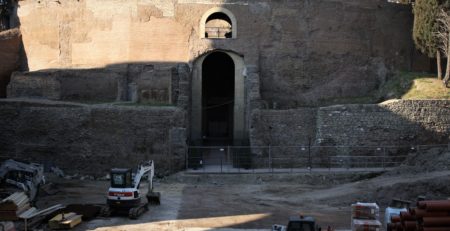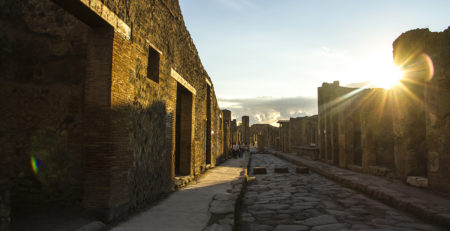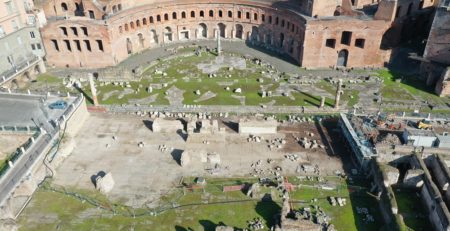Rome summer festival on the Tiber Island

As the temperatures in Rome rise, the events taking place out of doors also increase. This summer in Rome, there are plenty of exciting events throughout the Eternal City. The annual summer extravaganza, a long row of tents housing shops, restaurants, dance clubs, art shows and more along the banks of the Tiber.
Admission is free, there’s plenty to do, and, it can get seriously crowded. But it’s great if you get there early, just when the merchants open up at 7 pm, have a stroll, relax with a beer by the river, chill out.
The festival runs along the river from Ponte Subiaco to Ponte Sisto. The Ergo Bar will once again host the Caffé Letterario (between Ponte Sisto and Ponte Garibaldi) with musical events at 10 pm.
Special this year is a series of solo harp concerts. In addition to the numerous open air restaurants offering Roman cuisine, the Taqueria El Paso will serve up Tex-Mex fare and the Roadhouse Grill will offer traditional steakhouse food.
There is an art gallery on the impreziosirà docks (refurbished and upgraded by the Cultural La Vela d’Oro) with presentations, exhibitions, installations, performances and literary competitions and meetings.
Official website with events and more:
Rome’s Tiber Island
Legend has it that the Tiber Island was formed, to say the least, in a rather curious manner: the angry Romans, after having overthrown in a popular uprising the reviled tyrant Lucius Tarquinius Superbus, threw his wheat and grain into the Tiber. The accumulation of mud around it is said to have gradually lead to the forming of the island. In truth tuff rock, rather like that near the Capitoline Hill, compacted forming the natural geological foundation for the sand, dragged here by the river’s current, to rest.
The island has also been traditionally associated through the centuries with the healing of the sick. In fact, it is often also called the Stone Ship, an indirect reference to this very association. In 291 B.C., a terrible plague swept through the city of Rome, wiping out much of its population. The priests, after having consulted the Sybilline books, despatched a delegation on a ship to Epidaurus, a small city in ancient Greece and site of a sanctuary to Aesculapius, to bring back a statue of this God of Medicine and Healing. The ambassadors returned bringing with them a serpent, an animal closely associated and dear to the God.
On approaching the Tiber Island, according to the Roman Poet Ovid in his Metamorphoses, the serpent jumped ship and swam to the islet. Believing this was an incarnation of the God himself, a temple to Aesculapius was erected just where the serpent landed and the island was carved into the shape of a ship as a tribute to the occasion. Today the Aesculapius temple lies under the Church of San Bartelomeo, a new basilica constructed by the Emperor Otto III in 998. In 1582, the Spanish monks of the Order of St. John Calibytis founded a hospital which is still fully operational today and whose name “Fatebenefratelli” derives from the litany which these prelates used to sing as darkness fell on leaving to collect alms.












